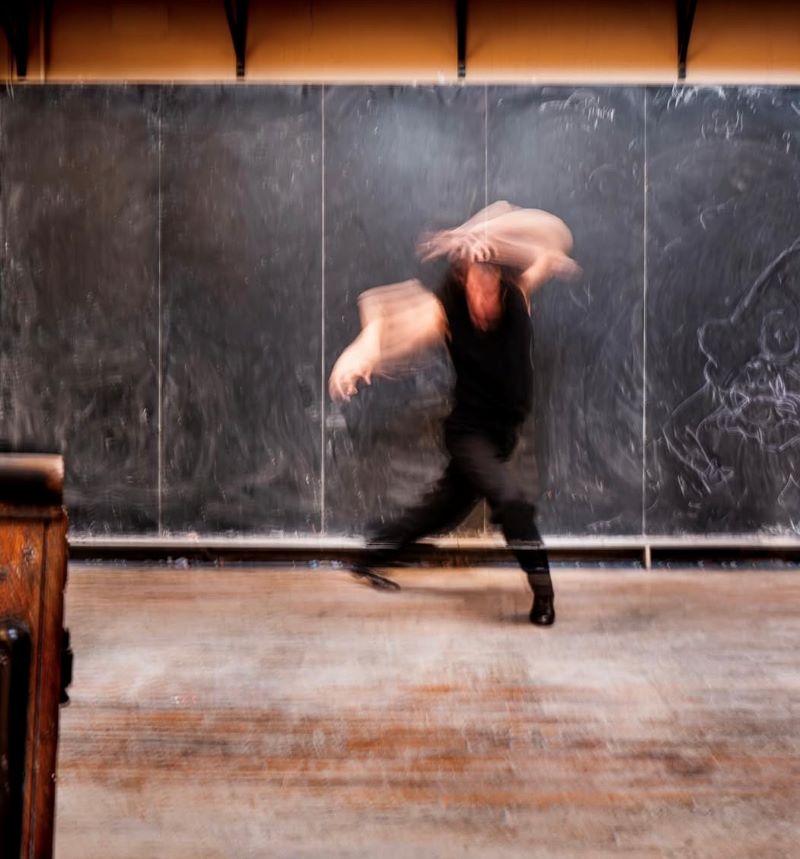In early March, Manon Delarue invited Julio Ruiz to pose and dance in the morphology amphitheatre.
‘Originally from Almeria, this dancer has lived and breathed flamenco since the age of five. For him, dance is like a profession of faith, a way of existing and asserting his difference. In class, he told us that he dances with sensuality and strength, but also with a great deal of vulnerability. He is now the first flamenco ‘bailaor’ in the world to be in residence at the Centre National de la Danse, and it was in this context that he was able to come to Via Ferrata. He was preparing his next show, ‘La Familia’, which he showed us an extract from. In it, he tells the story of how he overcame family traditions to come to terms with his homosexuality.
The idea behind this invitation was to give the students the chance to enter into a different relationship with the body: the dancing body, as a place of memory, of wounds, but also of liberation and sharing.
This echoes our work on the duende, the fiery Spanish energy born of the tension between mastery and loss of control, dark feelings and pleasure. I wanted the class to experience what flamenco can do to a space, to a group and also to a line. When Julio started dancing, the students quickly stopped drawing. The challenge was to take charge of these emotions, to feel the games, the range of feelings, and then use them in the drawing. ’
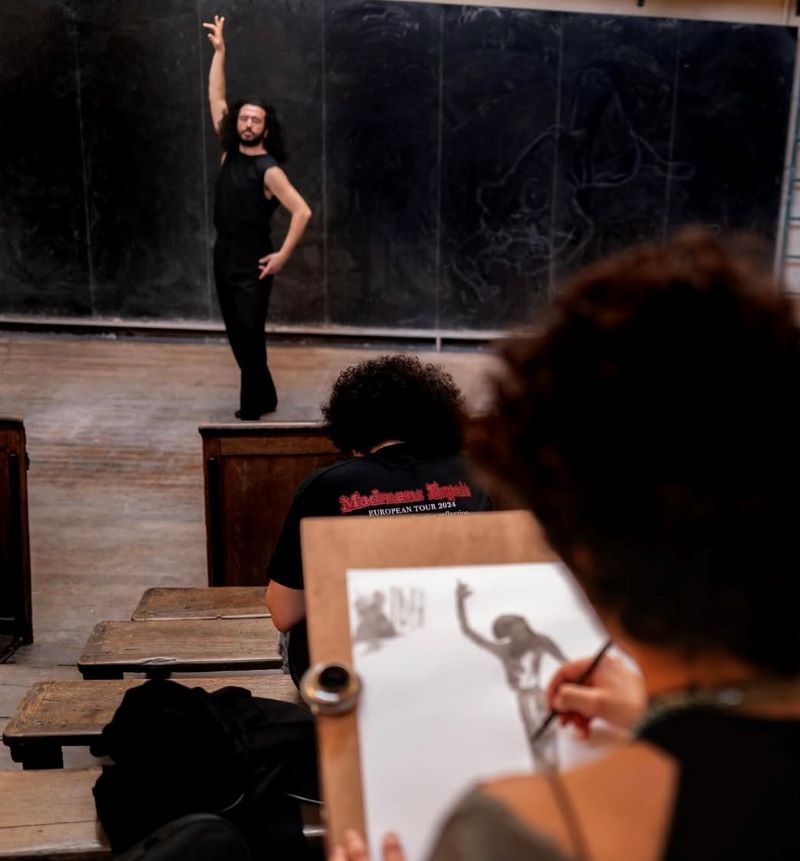
©Frantz Vaillant
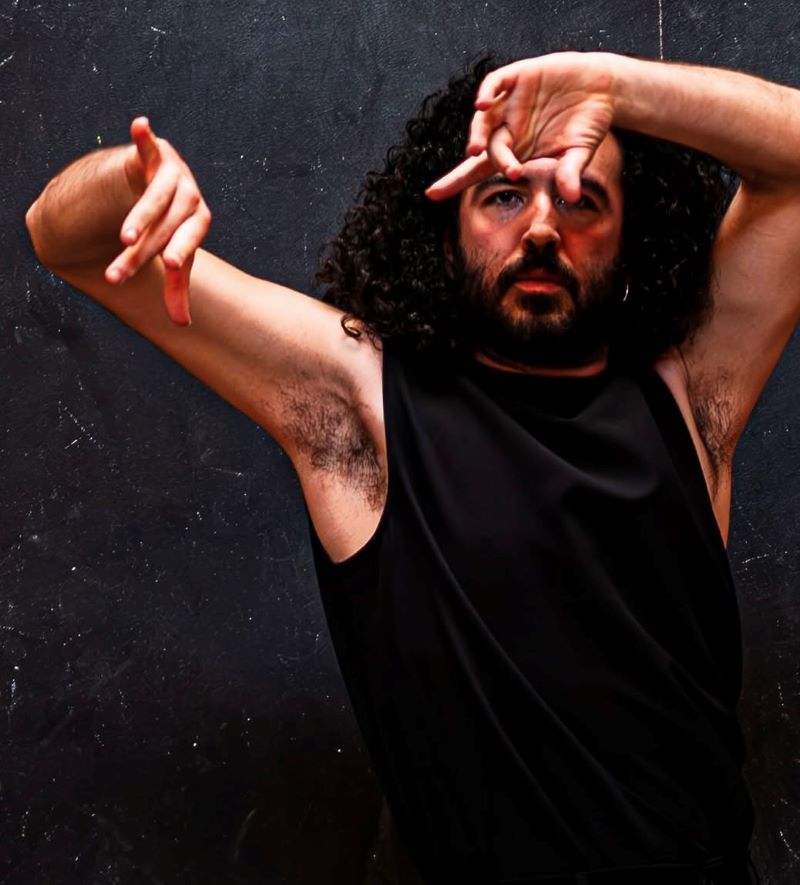
©Frantz Vaillant
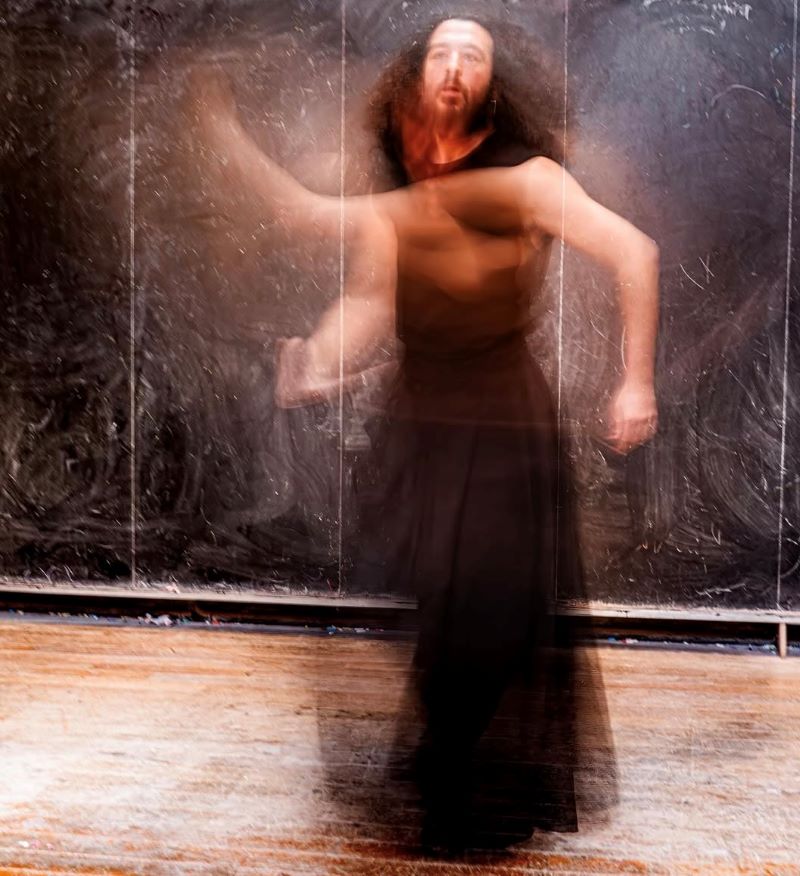
©Frantz Vaillant
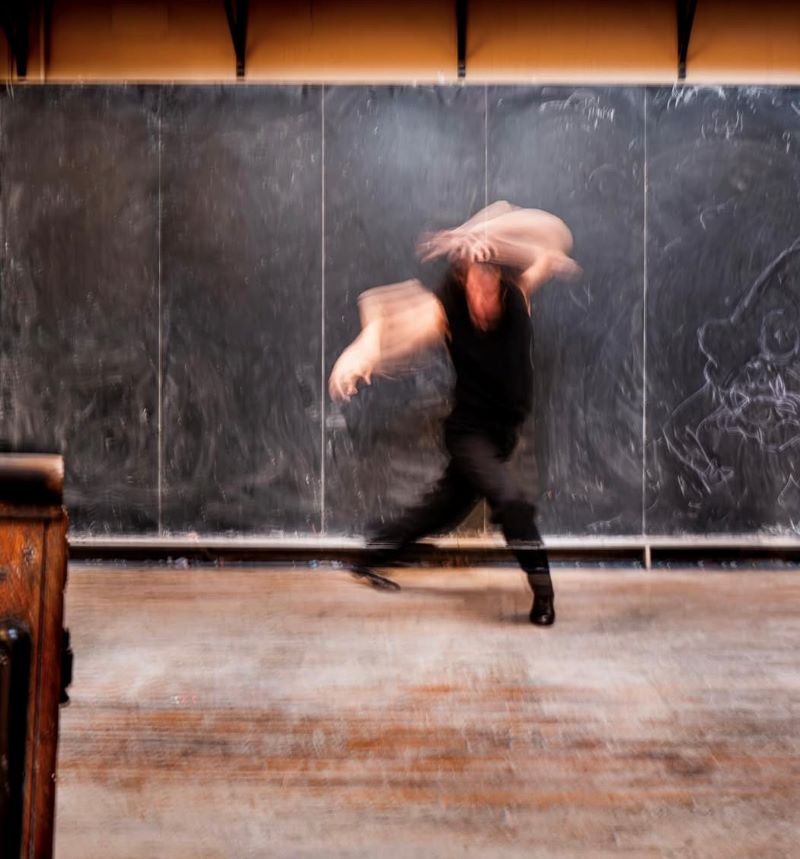
©Frantz Vaillant


